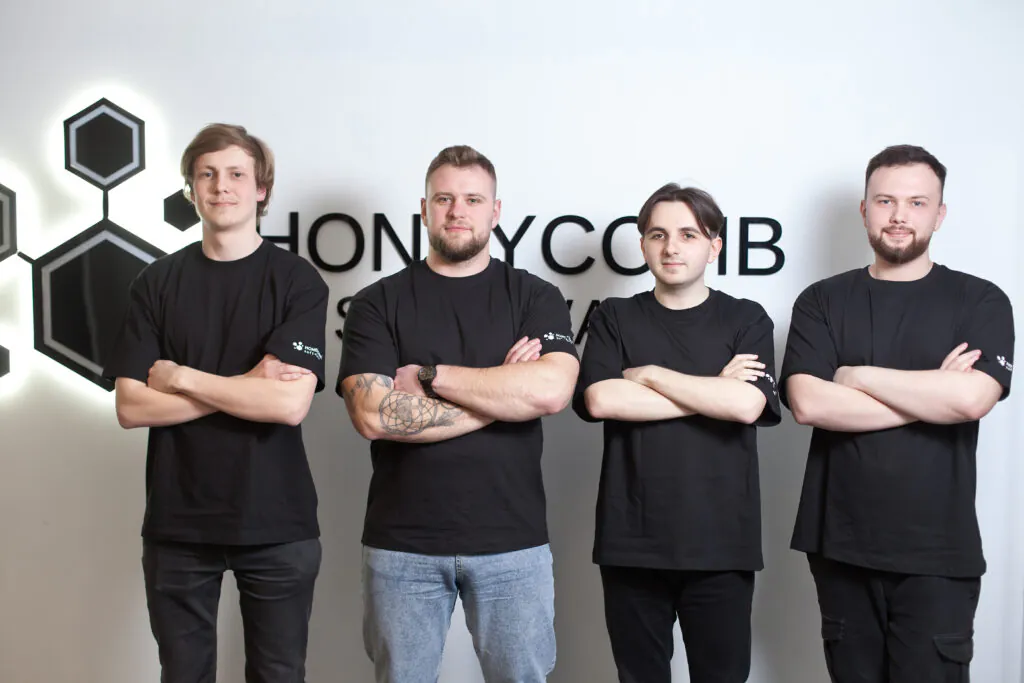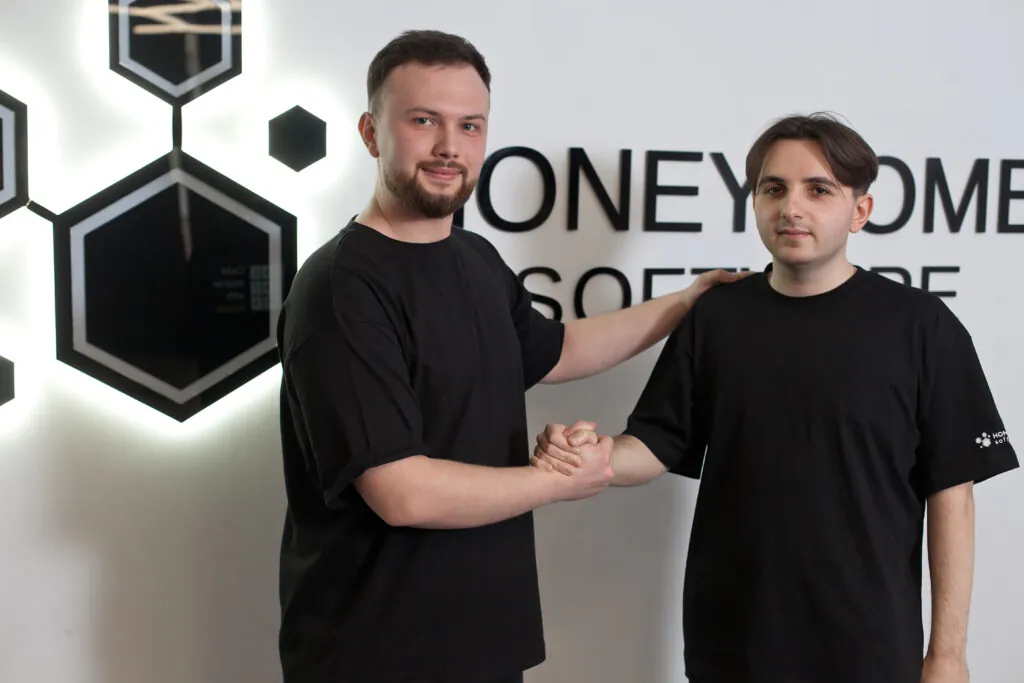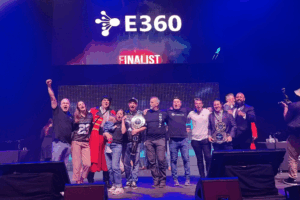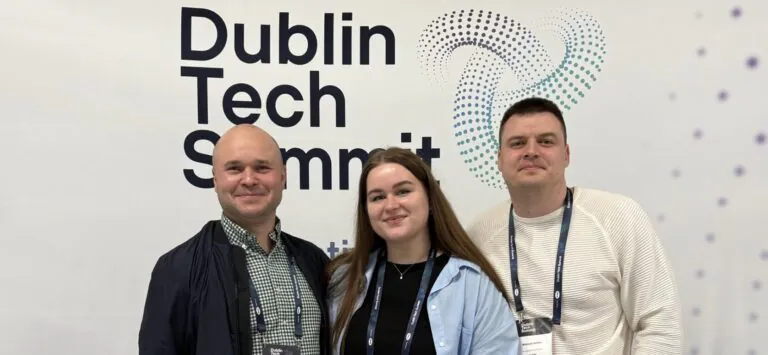
With AI tools, vibe coding, and fast prototyping dominating tech conversations today, we decided to put all the buzz to the test. What happens when you give engineers full freedom to explore artificial intelligence and build something real in just two days? We were curious too, so we tried it. Would you like to find out what 48 hours, AI software, and raw creativity can produce? Read on.
The AI hackathon challenge
Participants had 48 hours to transform a business idea into a working Minimum Viable Product (MVP), with AI tools playing a central role in the development process. Teams could work from the office or remotely, and were encouraged to keep their process lightweight, fast, and AI-driven.
To keep things focused and fair, a few ground rules were set:
- Teams of up to 3 members (solo participation also allowed).
- Mandatory use of AI tools (budget of up to $100 per team).
- Deployment on Azure or AWS.
- Documentation through photos and a short video.
- Technical and creative evaluation by a jury of company leaders.
Check out the behind-the-scenes video of the AI hackathon
Who participated
Five entries joined the challenge, including both teams and solo developers. Each participant brought a unique approach, from LLM-powered workflows to AI-assisted UI generation and prompt engineering pipelines.
The results of the AI hackathon
After two intense days of building, the engineers presented their projects to the jury. Evaluation criteria included task relevance, scale of AI use, implementation quality, and overall creativity.
Grand prize
Among all the submissions, this project stood out for its completeness, innovation, and seamless use of AI tools. The team built a web application for employee identification and authorization based on retina scans, using Azure, Docker, Cursor, WindSurf, ChatGPT, and Claude. Around 95% of the code was generated using AI tools, making it a strong case for efficient and high-quality AI integration.

Honorable mention
Another team delivered a system for collecting, storing, and visualizing IoT device data for facilities. While design wasn't a priority, the backend was feature-heavy and built with complex logic using Azure, WindSurf, and ChatGPT. The strong technical implementation placed the participants second.

Breakthrough award
Despite not being a developer by trade, one solo participant single-handedly built and deployed a working medtech MVP to manage electronic prescriptions, enabling seamless interaction between doctors, patients, and pharmacies. He built the solution using Firebase, ChatGPT, GitHub Copilot, and VS Code. His initiative, problem-solving skills, and willingness to step outside his core role earned him special recognition.
Other standout ideas
Among the other ideas, one stood out for its focus on digital healthcare workflows. The team developed a web application that enabled secure document exchange between doctors and patients, using AI to analyze medical information based on uploaded files. The project was built using AWS, the WindSurf plugin for PyCharm, and ChatGPT.
Other projects offered promising starts, though some remained unfinished or limited in scope — a reminder that two days can pass fast when you're building something from scratch. All participants received Honeycomb Software swag and a healthy dose of community appreciation.
Beyond the code
The hackathon was more than just a creative break from the routine. It became a space to explore how far we could take ideas with the help of AI. With real constraints, tight timelines, and plenty of unknowns, teams experimented, adapted, and shipped. The results were unexpected in the best way, and a reminder that sometimes, the most meaningful progress happens when you're not aiming for perfection but for possibility.









